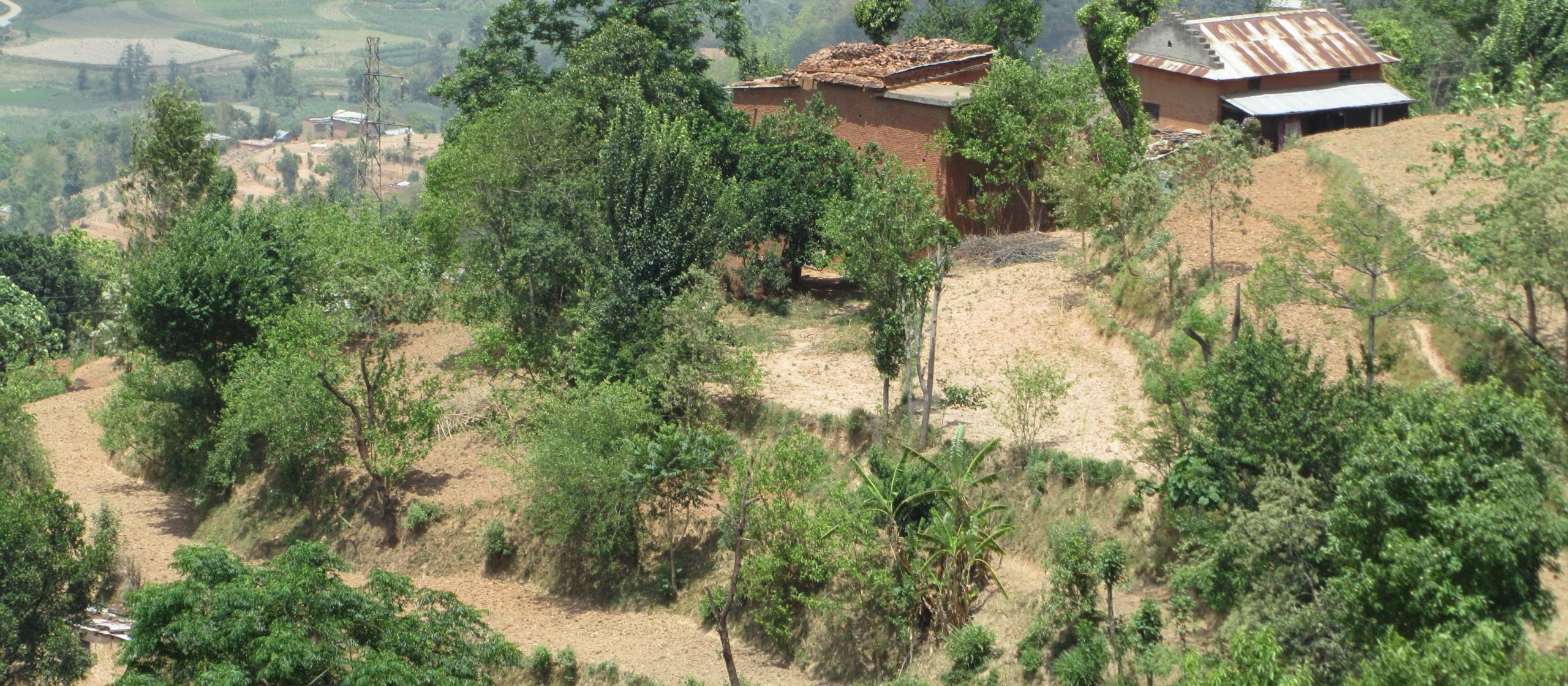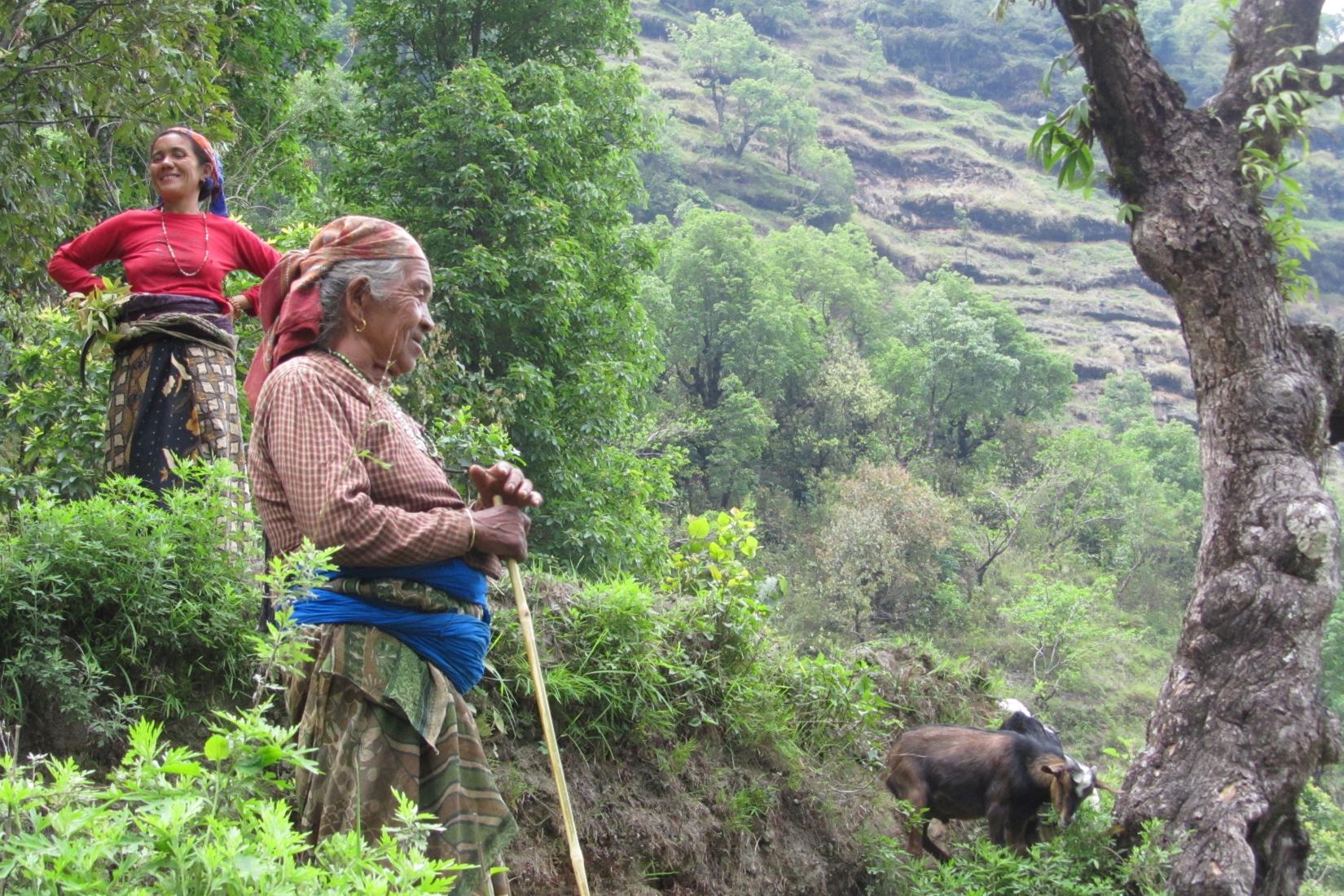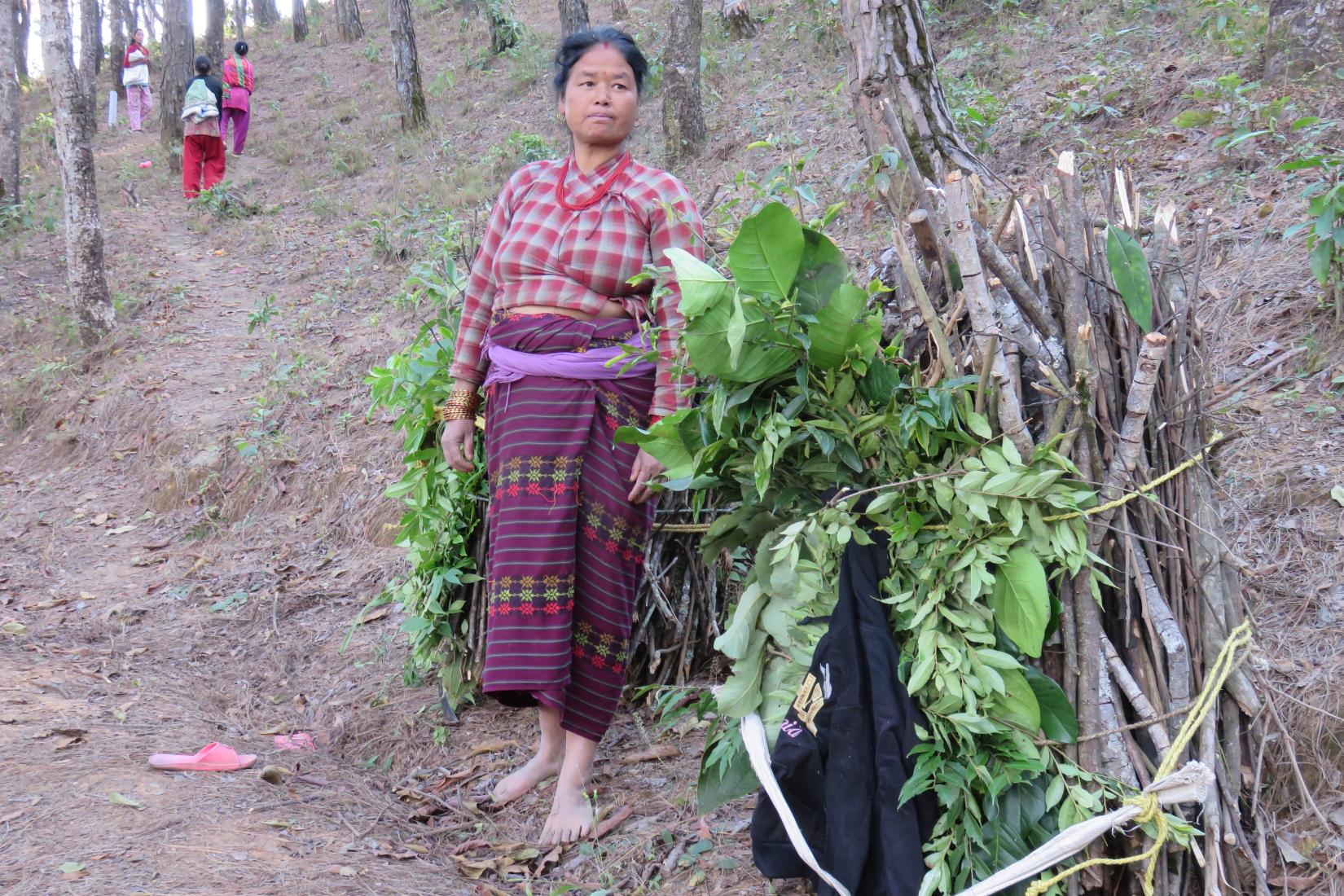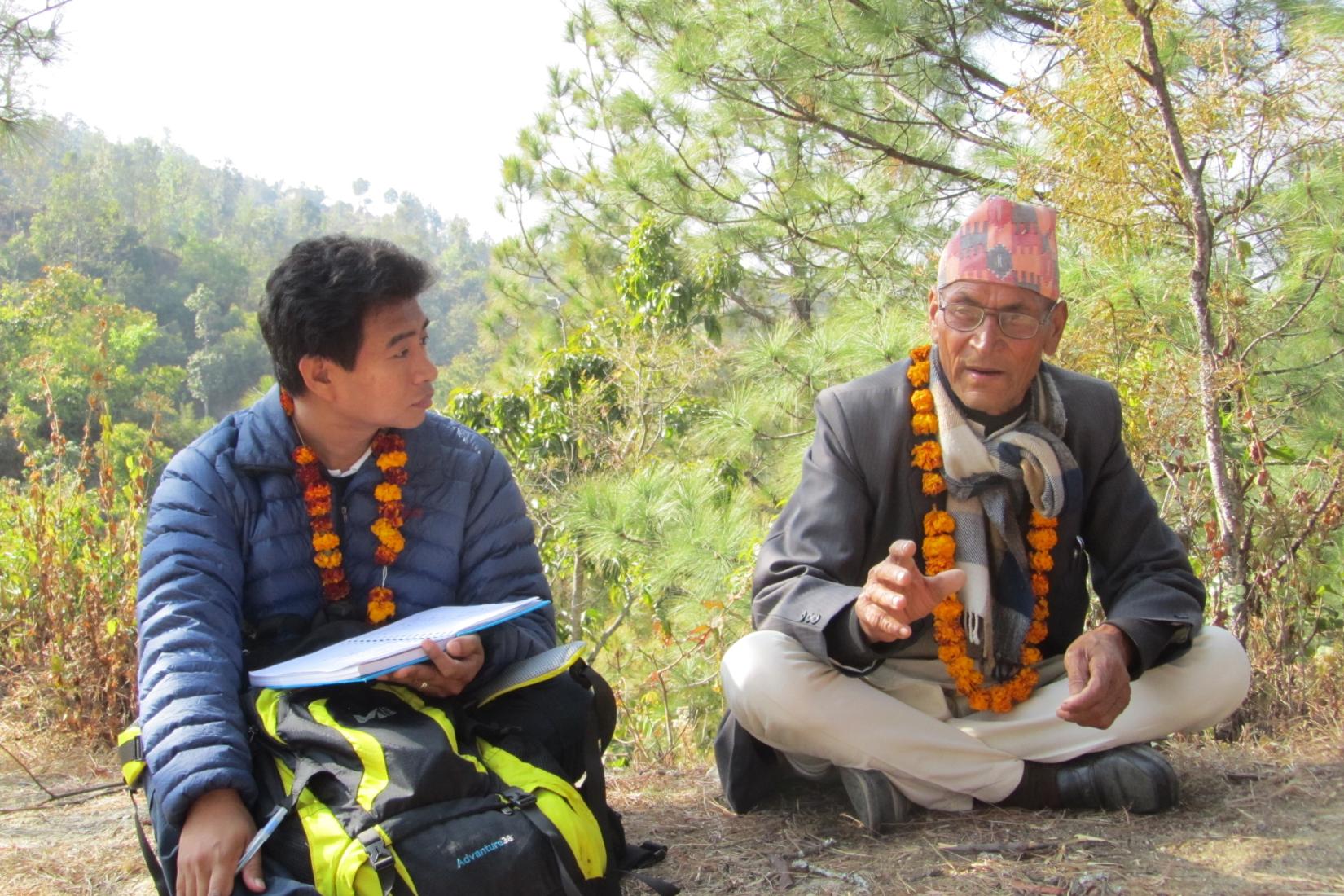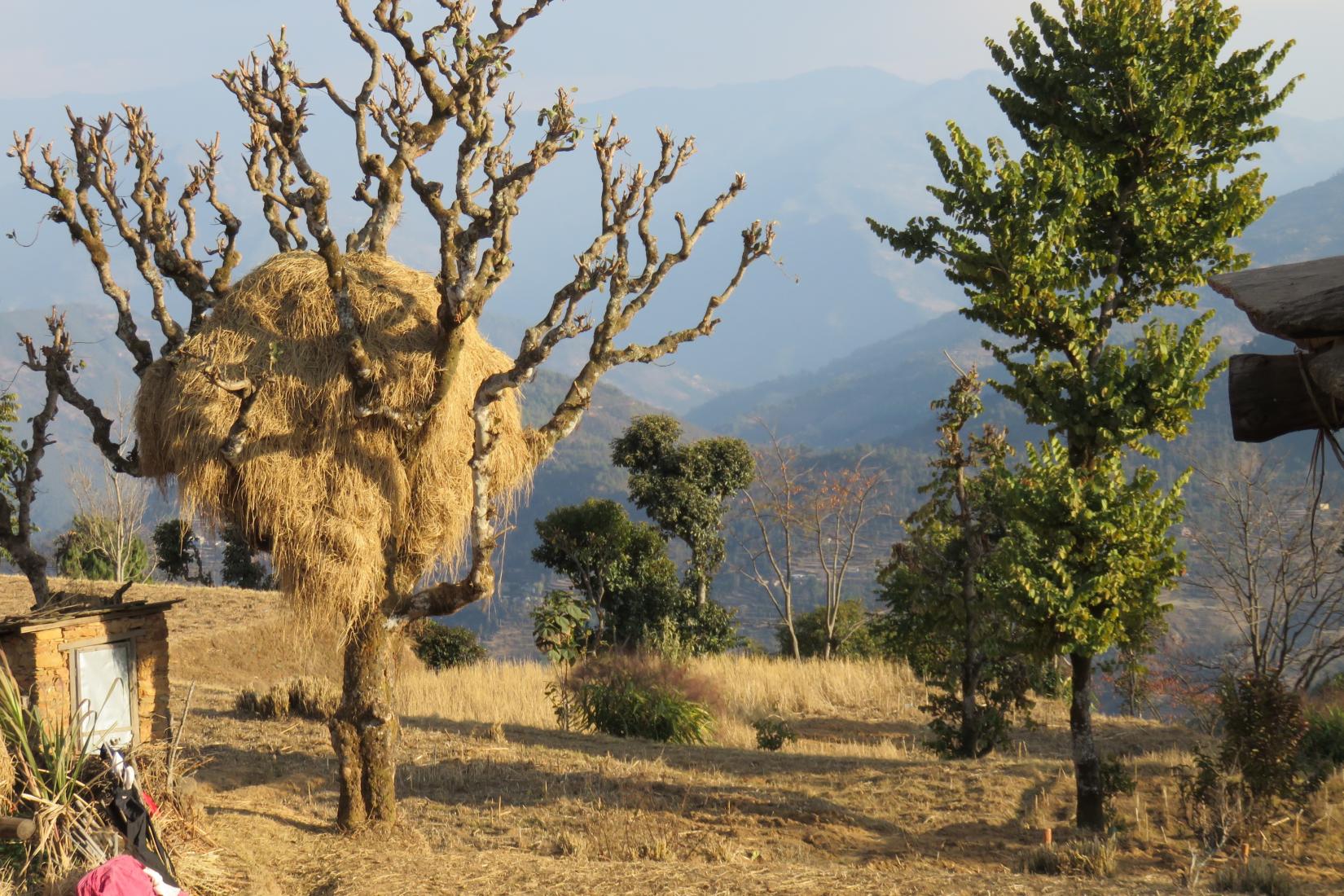Using the household typology system, it was estimated that over half of rural households are poor, compared with an estimate of about a quarter using the previous system, which the authors believe to be a gross underestimate. They suggest the new system more accurately identifies areas with high levels of poverty, and would allow more effective targeting of development programs.
The research team, which includes members from the University of Adelaide and from the University of New South Wales, also carried out an analysis of agroforestry and community forestry among their surveyed households. The results included the finding that it is usually male members of households who travel overseas for work, leaving women to manage agriculture and agroforestry. This implies that agroforestry programs should develop technologies that are responsive and sensitive to women’s needs and capacities.
The open-source publication of the above paper is part of wider initiative by ACIAR to disseminate the results of its projects as widely as possible. The move towards supporting open access is in line with ACIAR’s thinking on free and fair knowledge sharing in pursuit of more productive and sustainable agricultural systems.
